
Driven by the wave of AI intelligence, libraries are going through a critical stage of transformation from traditional services to intelligence. Facing the challenges of mass collection management, spatial resource optimization and accurate matching of readers' needs, an innovative product that integrates artificial intelligence and Internet of Things technology - visual inventory robot came into being, bringing disruptive changes to the library industry.
No1: Book Inventory Application: Smart Practice of Precision Management and Space Optimization
Seaever visual inventory robot realizes the automation innovation of the whole process of library inventory through visual fusion technology and AI intelligent planning. The robot is equipped with high-precision lifting gimbal and adaptive optics module, which can flexibly cope with the bookshelf structure of different floor heights and spacings, and can complete the full coverage of 7-layer books in a single scan. Intelligent matching of bookshelf floor heights, lighting conditions and book arrangement density can still output high definition spine images stably even in the face of a variety of complex scenes to ensure recognition accuracy.
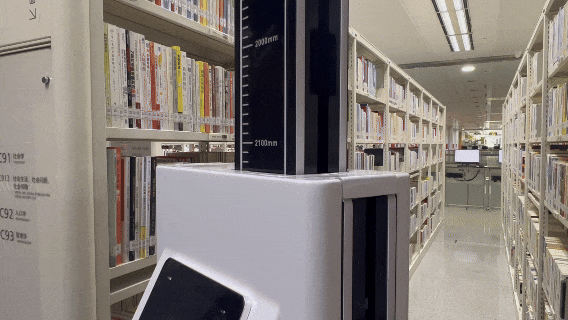
The robot supports dual-mode inventory functions of periodic planning and immediate task triggering. It can generate full-library inventory reports on a daily/weekly/monthly basis, and also conduct local inventories for specific areas (such as new book exhibition areas and popular borrowing areas) to ensure real-time updates of library collection data. Administrators can view the inventory progress, mis-shelving statistics, and book health scores of each area at any time through the visual dashboard, saying goodbye to the inefficiency and errors of traditional manual counting.
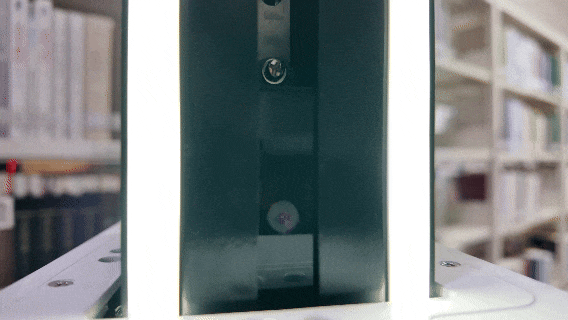
No2: Hybrid identification technology to improve inventory efficiency
In the face of complex library collection scenarios, the Seaever intelligent vision system adopts a hybrid technical solution of "text OCR recognition + barcode analysis + image feature comparison" to achieve 99% accuracy in inventory. For clearly printed call numbers, the system intelligently matches with the bibliographic database through semantic analysis. For books without text labels, it can automatically recognize ISBN barcodes or customize auxiliary labels. Even in the face of various special literature scenarios, it can achieve highly stable recognition, greatly reducing the dependence on manual labeling and enabling libraries to achieve precise management at a lower cost.
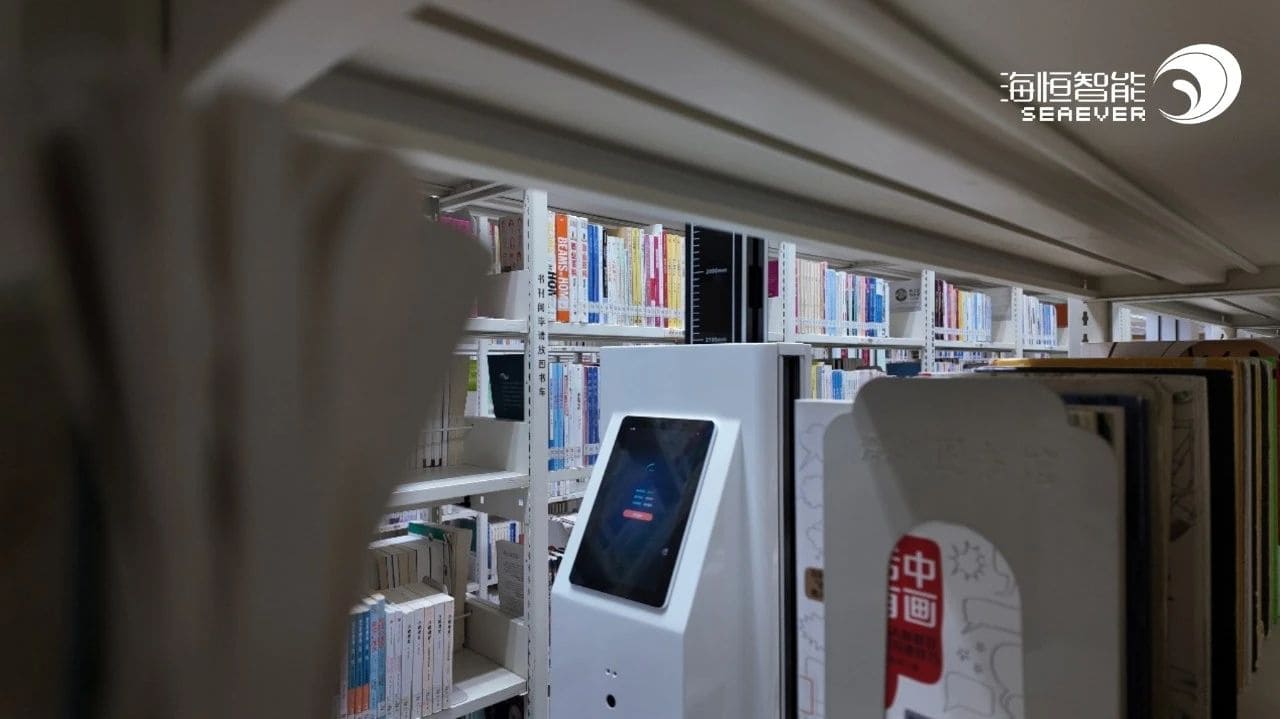
No3: Full scene dynamic inventory network: elastic collaboration, accurate coverage
Seaever Intelligent Vision Inventory System builds an all-weather dynamic management system for library resources through a three-dimensional collaborative mode of "robot inspection + camera duty + manual replenishment". Robots intelligently inspect according to preset routes, return data in real time and dynamically respond to unexpected tasks; ceiling cameras monitor popular areas, AI recognizes abnormalities in real time and triggers inventory; manual handheld end points flexibly handle special scenes such as ancient books and temporary exhibitions. The three cooperate to achieve OurHours segment coverage, key strengthening and blind spot replenishment, and promote the library to upgrade from "regular sampling inspection" to a precise management mode of "continuous perception" at a lower cost. The three jointly form a dynamic inventory network of "7 × 24-hour global awareness + key area enhancement + special scene customization", and realize the management mode upgrade from "regular inventory" to "continuous perception" at a lower cost, which not only meets the personalized needs of complex scenes, but also provides real-time data support for library resource optimization.
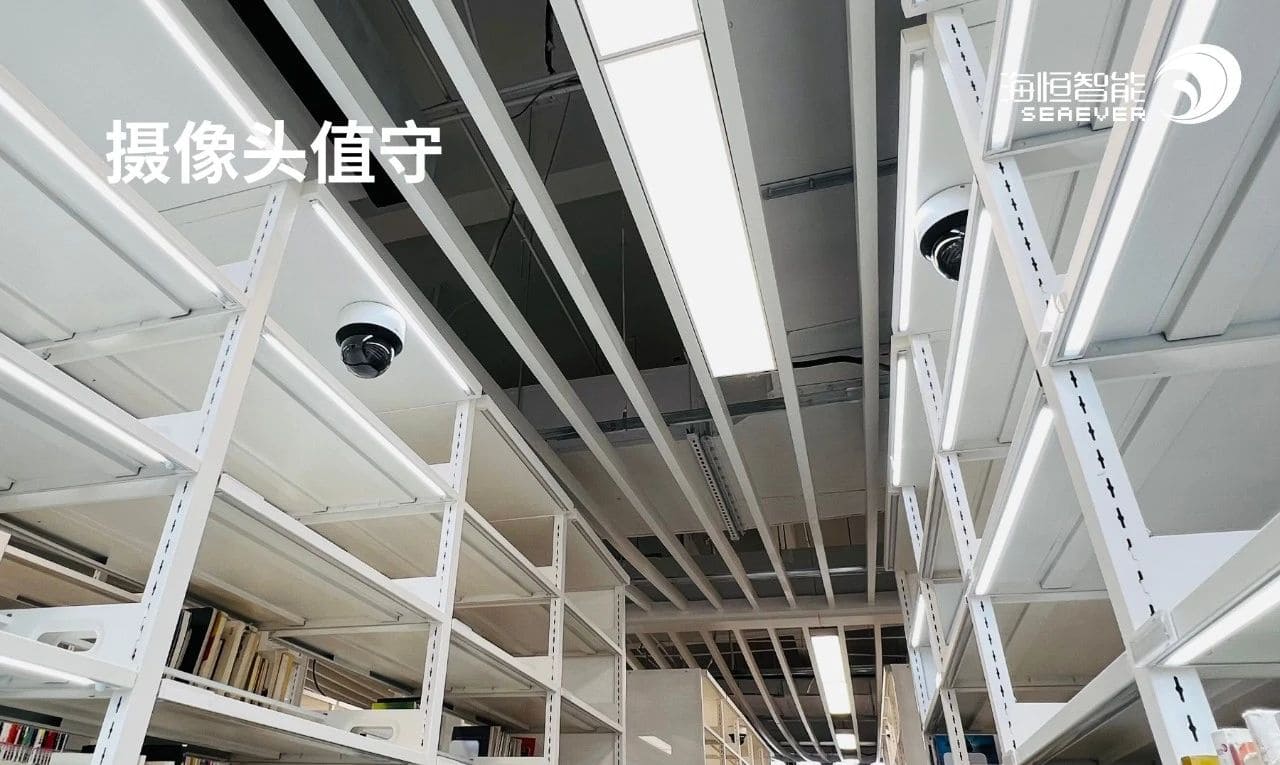

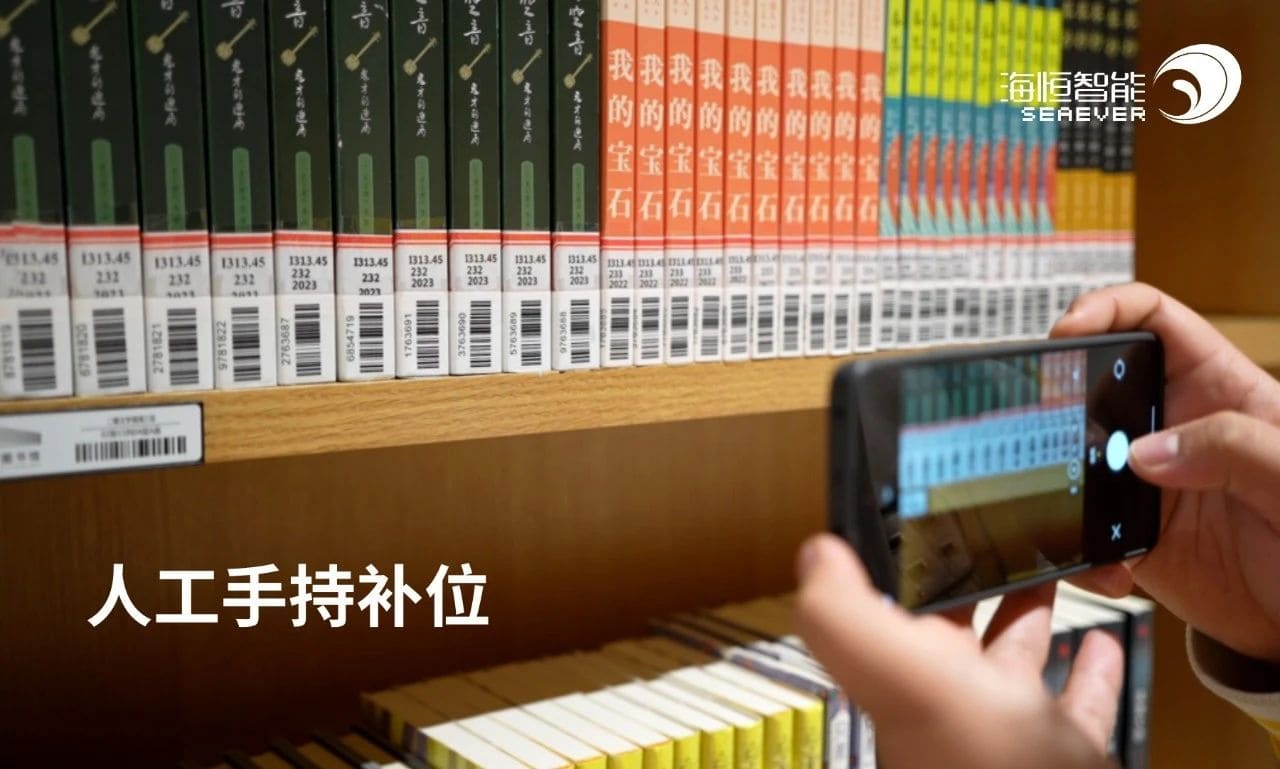
No4: Reader search efficiency: a seamless smart service experience
Visual inventory technology deeply empowers the reader service chain and builds an integrated intelligent experience of "retrieval - location - acquisition". The retrieval system integrated with natural language processing technology supports multimodal input such as fuzzy keywords and subject word fragments, presents the book status in the library in real time, and responds to reader needs in seconds. The retrieval results not only display the basic information of books, but also associate with same-theme recommendations, digital resource entrances and reservation service options through intelligent algorithms, forming a three-dimensional information network of "content - space - service". Readers can intuitively browse the book cover flow, filter results by popularity, rating or publication time, and quickly lock in target resources.
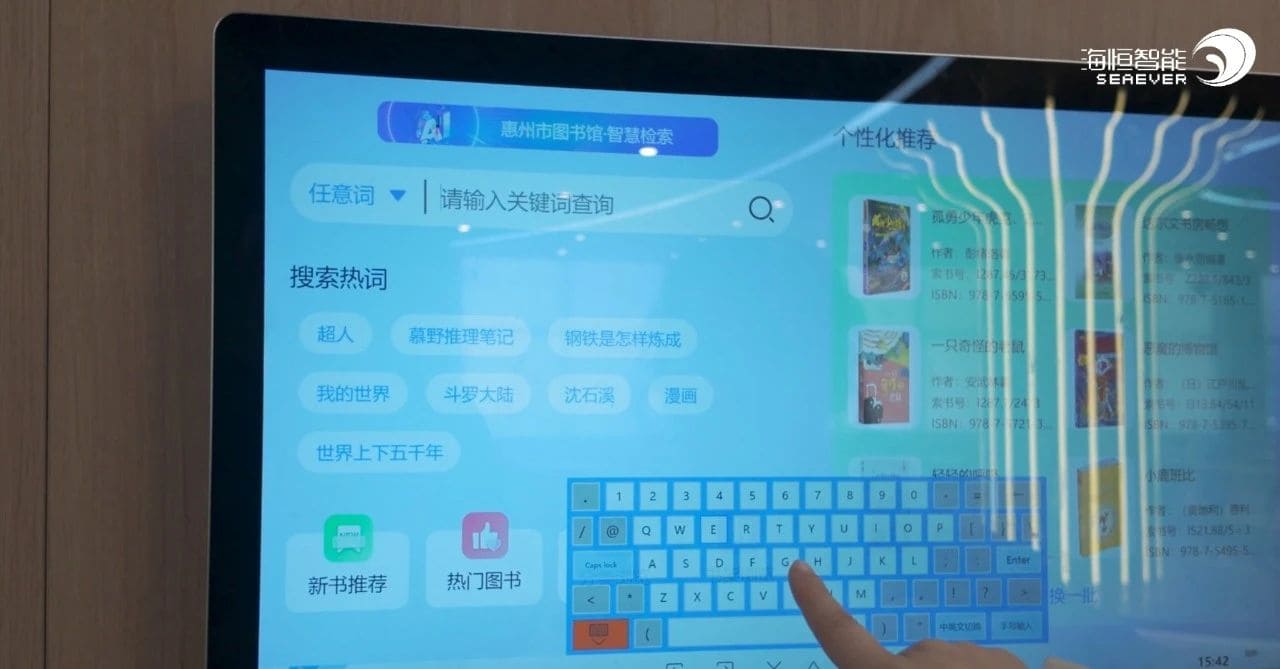
The visual inventory robot not only redefines the underlying management logic of the library but also builds a smart ecosystem of "traceable resources, perceivable demands, and accessible services" through the deep coupling of technology and service. Here, the value of each book is accurately activated, and the needs of each reader are anticipated in advance. This is precisely the core leap of the smart library evolving from a functional space to a cultural experience hub.